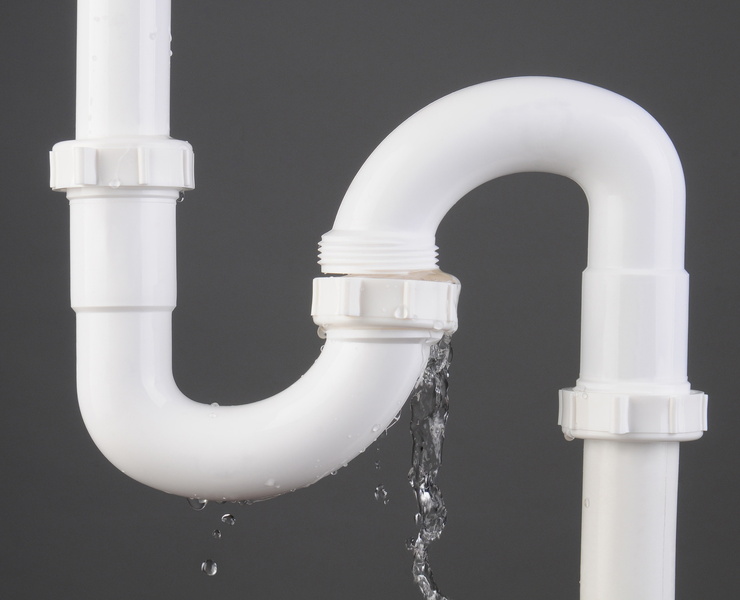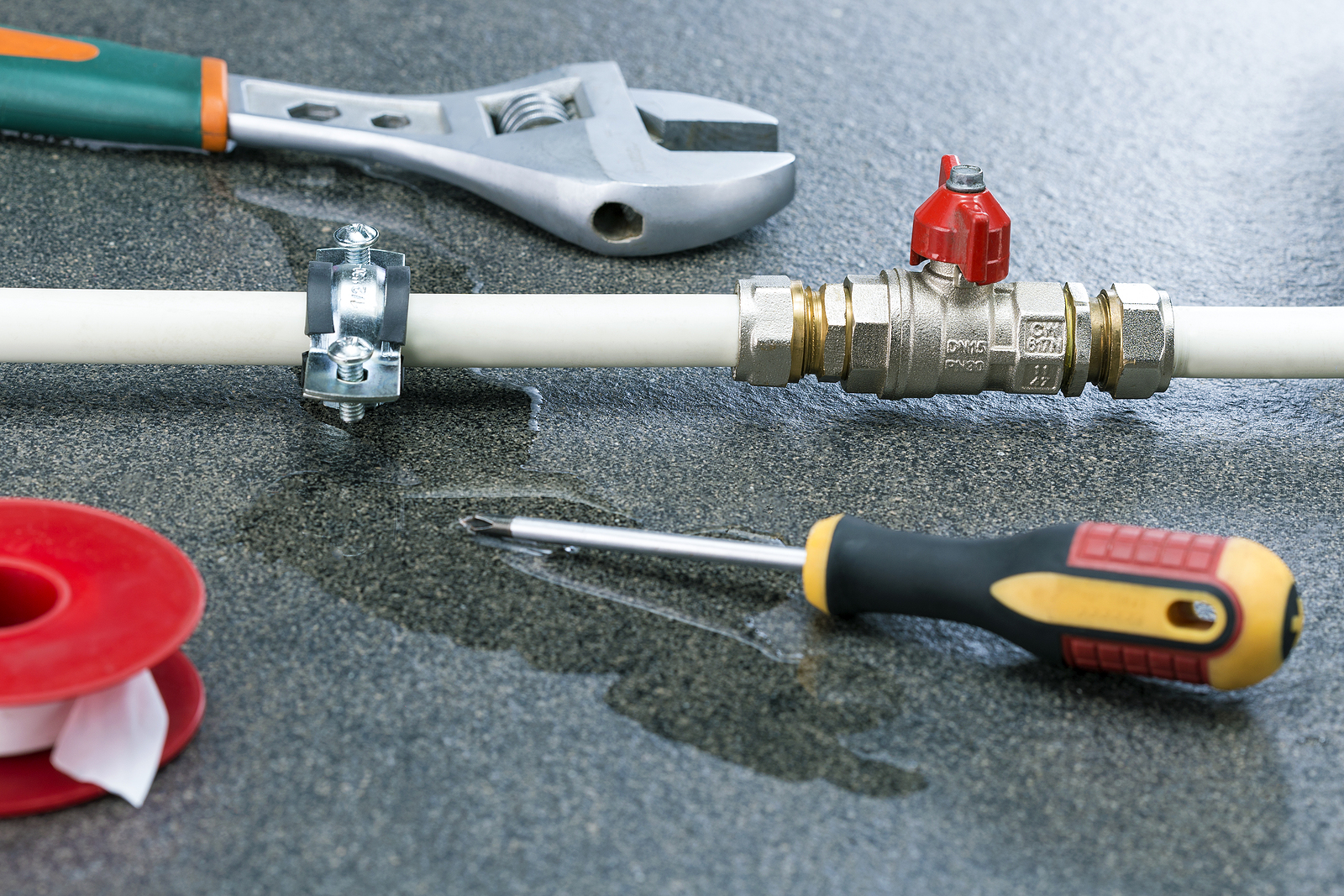How to Inspect If Your House Has a Concealed Leakage
How to Inspect If Your House Has a Concealed Leakage
Blog Article
Listed here in the next paragraph you can locate lots of good details when it comes to Top leak detection hacks.

Early discovery of dripping water lines can minimize a prospective calamity. Aside from conserving you money, it will lessen the stress as well as aggravation. The moment you discover a leak, calling your plumber for fixings is the very best option. Some tiny water leakages might not be visible. If you can not spot it with your naked eyes, here are some hacks that aid.
1. Examine the Water Meter
Every home has a water meter. Examining it is a proven manner in which aids you find leaks. For starters, shut off all the water sources. Guarantee no one will certainly purge, utilize the faucet, shower, run the washing equipment or dishwashing machine. From there, most likely to the meter as well as watch if it will certainly alter. Because nobody is utilizing it, there ought to be no motions. That suggests a fast-moving leak if it moves. Also, if you detect no changes, wait a hr or more as well as inspect back again. This suggests you may have a slow leakage that might even be underground.
2. Check Water Intake
Examine your water bills and track your water usage. As the one paying it, you must discover if there are any type of disparities. If you identify sudden changes, despite your usage being the same, it implies that you have leakages in your plumbing system. Keep in mind, your water expense must fall under the very same variety each month. A sudden spike in your costs suggests a fast-moving leakage.
At the same time, a consistent increase on a monthly basis, even with the very same routines, reveals you have a sluggish leak that's also slowly rising. Call a plumber to completely check your property, specifically if you feel a warm location on your floor with piping beneath.
3. Do a Food Coloring Examination
When it pertains to water consumption, 30% comes from toilets. Examination to see if they are running correctly. Decline flecks of food color in the storage tank and wait 10 mins. There's a leak in between the container as well as bowl if the color somehow infiltrates your dish throughout that time without flushing.
4. Asses Outside Lines
Do not neglect to inspect your outdoor water lines also. Ought to water seep out of the connection, you have a loosened rubber gasket. One tiny leakage can throw away loads of water as well as spike your water expense.
5. Check as well as Examine the Situation
House owners should make it a practice to check under the sink counters and even inside closets for any type of bad odor or mold and mildew development. These two red flags show a leakage so timely focus is called for. Doing routine examinations, also bi-annually, can conserve you from a significant issue.
Inspect for stainings and also weakening as most devices as well as pipelines have a life span. If you think dripping water lines in your plumbing system, do not wait for it to intensify.
Early discovery of dripping water lines can minimize a prospective disaster. Some little water leakages might not be noticeable. Inspecting it is a surefire means that assists you discover leaks. One small leak can throw away loads of water and also surge your water bill.
If you believe leaking water lines in your plumbing system, do not wait for it to rise.
WARNING SIGNS OF WATER LEAKAGE BEHIND THE WALL
PERSISTENT MUSTY ODORS
As water slowly drips from a leaky pipe inside the wall, flooring and sheetrock stay damp and develop an odor similar to wet cardboard. It generates a musty smell that can help you find hidden leaks.
MOLD IN UNUSUAL AREAS
Mold usually grows in wet areas like kitchens, baths and laundry rooms. If you spot the stuff on walls or baseboards in other rooms of the house, it’s a good indicator of undetected water leaks.
STAINS THAT GROW
When mold thrives around a leaky pipe, it sometimes takes hold on the inside surface of the affected wall. A growing stain on otherwise clean sheetrock is often your sign of a hidden plumbing problem.
PEELING OR BUBBLING WALLPAPER / PAINT
This clue is easy to miss in rooms that don’t get much use. When you see wallpaper separating along seams or paint bubbling or flaking off the wall, blame sheetrock that stays wet because of an undetected leak.
BUCKLED CEILINGS AND STAINED FLOORS
If ceilings or floors in bathrooms, kitchens or laundry areas develop structural problems, don’t rule out constant damp inside the walls. Wet sheetrock can affect adjacent framing, flooring and ceilings.
https://www.servicemasterbyzaba.com/blog/how-to-detect-water-leakage-in-walls/

As a passionate reader about Finding hidden leaks, I assumed sharing that blog post was really helpful. Loved our write up? Please share it. Let other people discover it. Thanks for your time. Come back soon.
Report this page